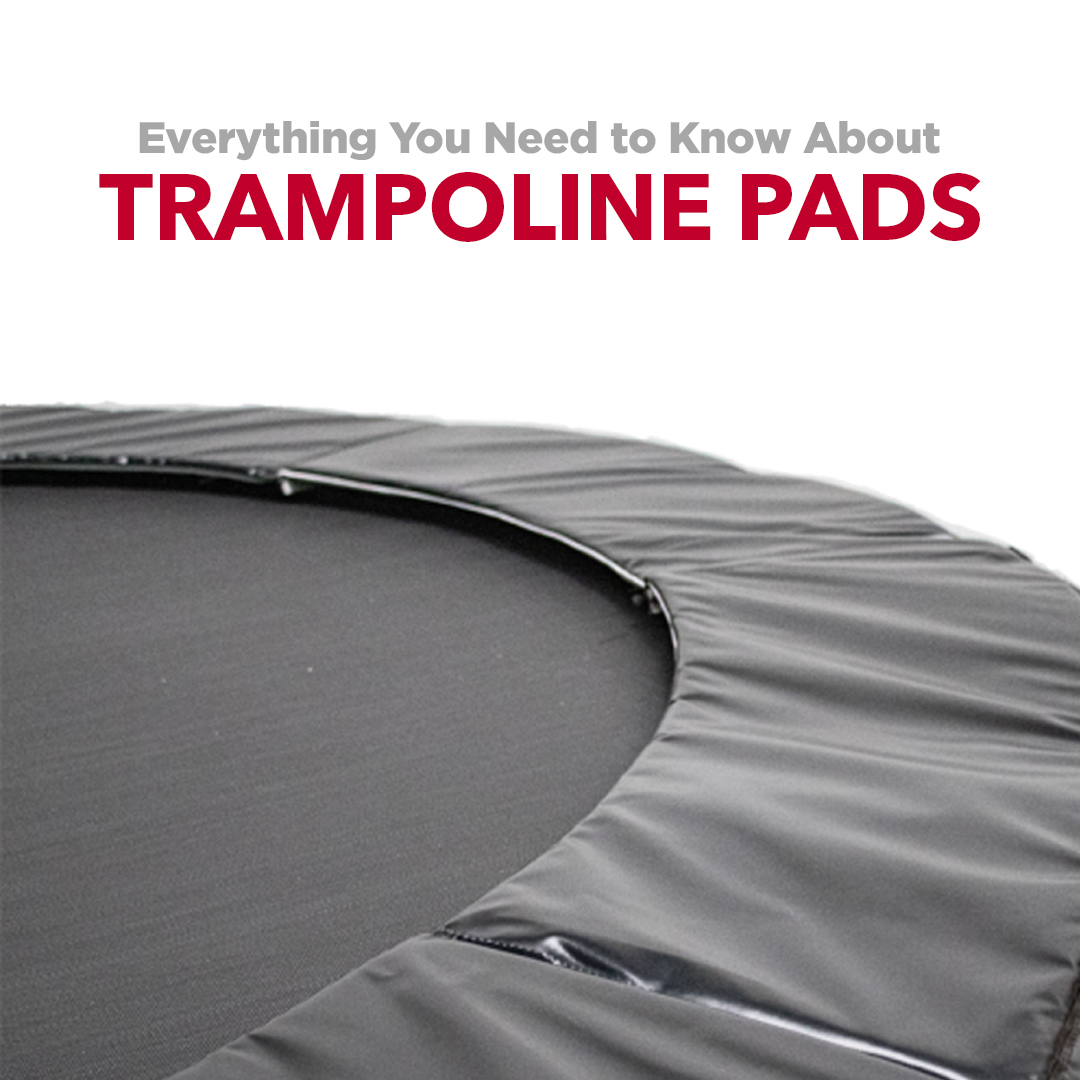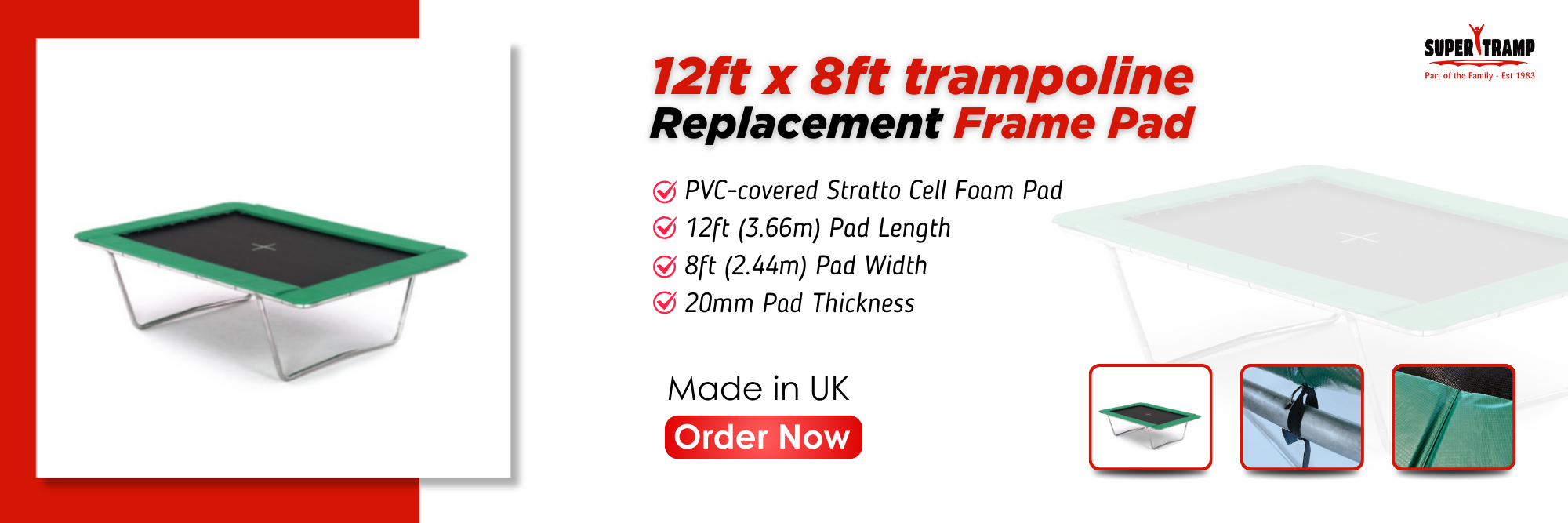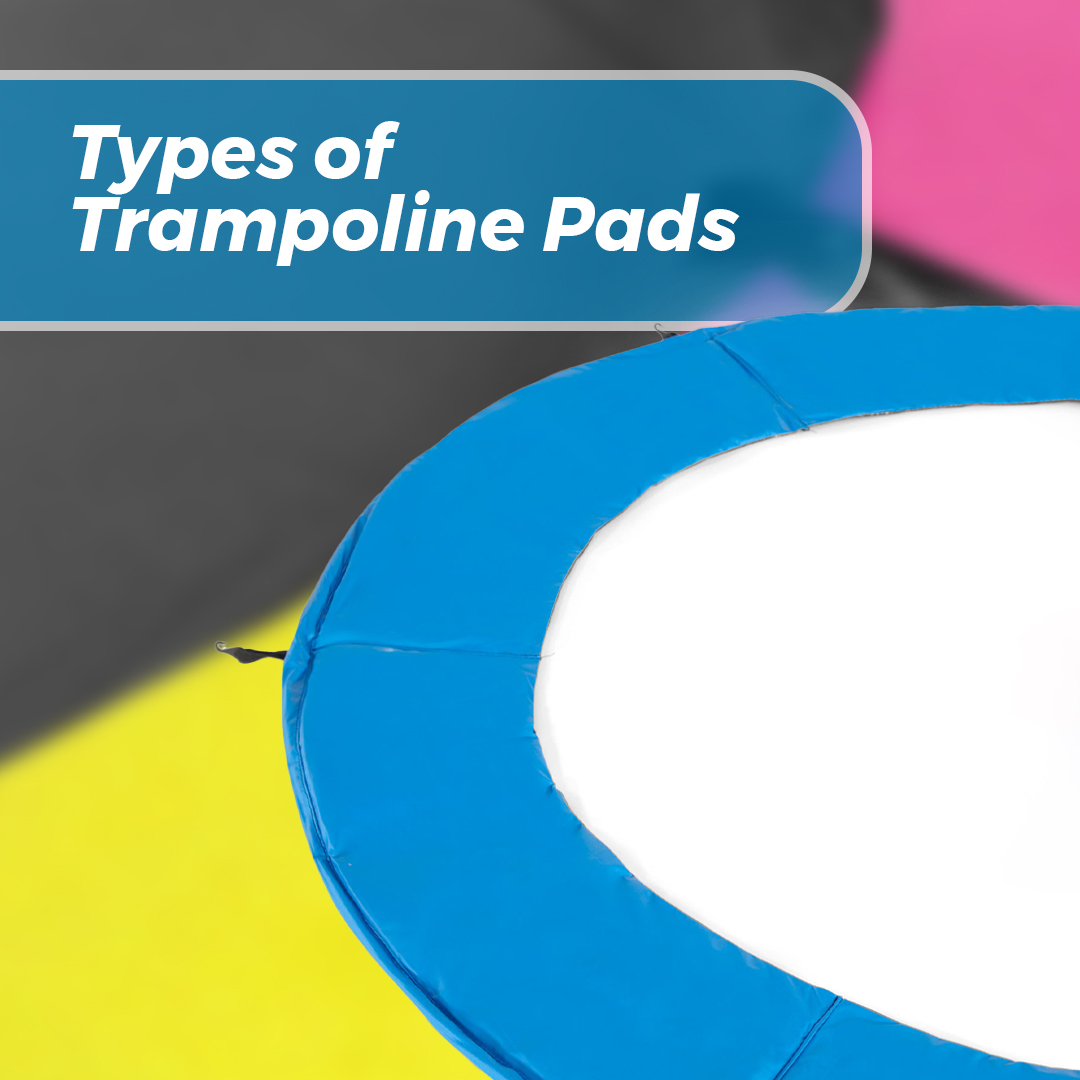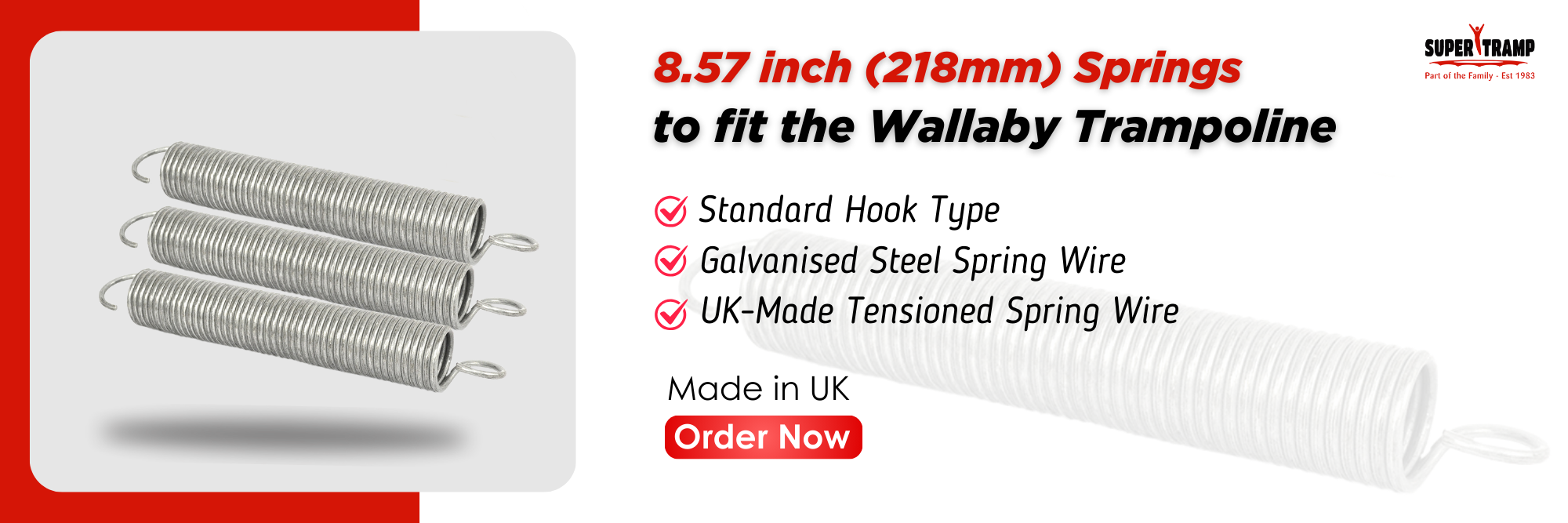Trampoline pads are an essential component of any trampoline setup, providing vital protection for those who enjoy bouncing. They are designed to cover the springs and metal frame of the trampoline, ensuring that users do not come in contact with these hard surfaces during use. Trampoline pads are available in different materials and sizes, with each providing its own unique set of advantages.
Table of Contents
ToggleChoosing the right type, size, and quality of trampoline pads is crucial for safety during use. It is essential to measure the diameter of your trampoline correctly to ensure a secure fit. An incorrectly sized trampoline pad may expose springs and metal frame, which puts the user at risk of injury.
This guide provides comprehensive information on trampoline pads, including the different types of materials, selecting the appropriate size, installing and maintaining them properly with safety features to look for.
Types of Trampoline Pads
Trampoline pads come in different materials, each with its own set of advantages and disadvantages. Common materials used for trampoline pads include PVC, polyethylene, and vinyl. Here’s a breakdown of these materials:
PVC Pads
PVC (Polyvinyl Chloride) pads are known for their durability and weather resistance. They can withstand outdoor conditions, including UV rays and harsh weather, without deteriorating quickly. PVC pads are often used for outdoor trampolines due to their longevity and ability to withstand the elements.
Polyethylene Pads
Polyethylene pads are lightweight and have excellent tear resistance. They are less prone to ripping or developing holes, making them a durable option for round trampoline pads. Polyethylene pads are also resistant to UV rays and can withstand outdoor conditions well.
Vinyl Pads
Vinyl pads are commonly used for commercial trampolines due to their strength and longevity. Vinyl pads are often thicker and provide extra cushioning during bouncing, making them ideal for high-impact activities.
Choosing the Right Size

Choosing the right size of trampoline pads is essential to ensure proper coverage and maximum safety during use. It is important to pick the right spare part for your particular size of trampoline. Here are some important factors to consider when selecting the appropriate size:
Measure the Diameter
Start by measuring the diameter of your trampoline accurately. This measurement will determine the size of the trampoline pad you need. Measure from the outer edge of the trampoline frame to the opposite outer edge.
Consider Pad Overhang
It is recommended to choose a pad that slightly overhangs the trampoline frame. This ensures that the trampoline springs and metal frame are fully covered, minimising the risk of accidental contact. The overhang should be around 1-2 inches to provide sufficient coverage.
Thickness of the Pad
The thickness of the trampoline pad is also important to consider. Thicker pads provide more cushioning and protection for users. Aim for a pad that is at least 1 inch thick or more for optimal safety.
Check Compatibility
Make sure the 12ft trampoline pad you choose is compatible with your specific trampoline model. Check the manufacturer’s instructions or consult customer support if necessary. Some trampoline brands have pads designed specifically for their models.
Choosing the right size of trampoline pad is crucial for safety. Pads that are too small may leave the springs or metal frame exposed, increasing the risk of injury. On the other hand, pads that are too large can become a tripping hazard or not provide adequate coverage.
Installation and Maintenance

Installing trampoline
Installing trampoline pads is a relatively straightforward process. Here are step-by-step instructions on how to install them properly:
1. Remove the Existing Pads
If you already have trampoline pads installed, carefully remove them by detaching any straps or fastenings.
2. Clean the Trampoline Frame
Before installing the new pads, clean the trampoline frame to remove any dirt, debris, or moisture. This will ensure a clean and secure installation.
3. Align the Pads
Begin by aligning the bespoke trampoline pads along the perimeter of the trampoline frame. Ensure that they cover the entire length of the springs and the metal frame.
4. Attach the Pads
Most trampoline pads come with straps or bungee cords for attachment. Use these to secure the pads tightly to the frame. Start by attaching the straps at regular intervals, ensuring that the pads are securely fastened.
5. Adjust and Verify
After attaching all the straps, go around the trampoline to make any necessary adjustments. Check that the pads are evenly distributed, fully covering the springs, and there are no gaps or exposed areas.
6. Test for Stability
Give the trampoline pads a gentle tug to make sure they are securely fastened. They should be stable and not shift or move easily.
Regular maintenance
Regular maintenance and cleaning are crucial to prolonging the lifespan of your trampoline pads. Follow these tips to keep them in good condition:
1. Regularly Inspect for Damage
Check the trampoline pads regularly for any signs of wear and tear or damage. Look for rips, tears, or fading, and address any issues immediately.
2. Clean the Pads
Clean the trampoline pads regularly to remove dirt, dust, and debris. Use mild soap and water to gently scrub the surface of the pads.
3. Dry Thoroughly
After cleaning, ensure that the pads are completely dry before reattaching them to the trampoline. Moisture can lead to mould or mildew growth, which can compromise the durability and safety of the pads.
4. Store Properly
If you need to store the trampoline pads during the off-season, make sure they are clean and fully dry. Store them in a clean, dry, and well-ventilated area to prevent mould or mildew growth.
By following proper installation procedures, regular maintenance, and cleaning practices, you can ensure that your trampoline pads remain in good condition, providing optimal safety and protection for users.
Safety Features
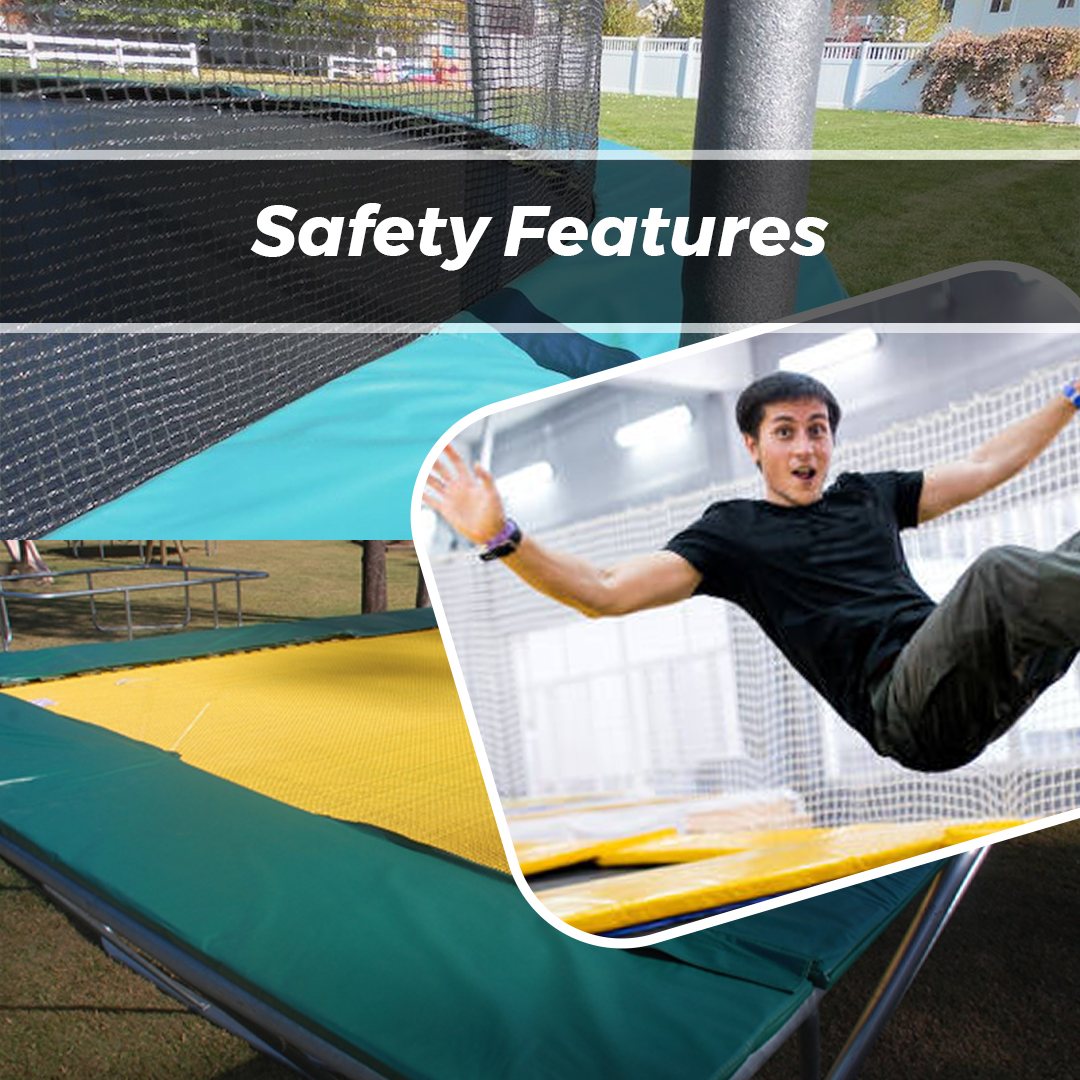
Now, let’s talk about the safety features that accessories like trampoline pads provide. These features are like the guardians of your bouncing adventures, ensuring a worry-free and secure experience.
1. Padding Thickness
- One of the key safety features is the thickness of the padding. Thicker pads provide better cushioning, absorbing the impact when you land on the round trampoline.
- When choosing trampoline pads, consider those with ample padding thickness to enhance the overall safety of your bouncing sessions.
2. Shock Absorption
- Trampoline pads absorb shock and reduce the force when you land after a jump. High-quality pads make each landing gentler on your joints.
- Look out for pads with advanced shock-absorbing capabilities for a smoother and safer bouncing experience.
3. Weather Resistance
- The unpredictable British weather can take a toll on outdoor equipment. Opt for trampoline pads made from weather-resistant materials to withstand rain, wind, and varying temperatures.
- Weather-resistant pads not only ensure longevity but also maintain their protective qualities even in challenging conditions.
4. Secure Attachment
- Safety starts with proper installation. Choose trampoline pads designed for secure attachment to the frame. This minimises the risk of pads slipping or shifting during use.
- Follow manufacturer guidelines for installation to guarantee a snug fit, creating a reliable barrier between jumpers and the trampoline’s hard components.
5. UV Resistance
- The British sun, though not always visible, can be quite powerful. UV-resistant trampoline pads are built to withstand prolonged sun exposure, preventing deterioration over time.
- This feature ensures that your trampoline pads remain effective and safe, even with occasional sunny days.
6. Quality Standards
- Reputable trampoline pads adhere to industry safety standards. When making a purchase, check for certifications and compliance with UK regulations.
- Choosing pads that meet or exceed safety standards provides an extra layer of assurance for you and your family.
By understanding and prioritising these safety features, you’re not just investing in trampoline pads; you’re investing in peace of mind.
Conclusion
In conclusion, trampoline pads are a fundamental component of any trampoline setup, playing a crucial role in ensuring the safety of users. By choosing the right type, size, and quality of trampoline pads, following proper installation and maintenance procedures, considering safety features, addressing common issues, complying with regulations, and listening to customer testimonials, you can prioritise the safety of your trampoline experience and enjoy bouncing with peace of mind. Invest in high-quality trampoline pads to protect yourself, your loved ones, and those who use your trampoline.
FAQ's
How do I know what size trampoline pad I need?
Measure the diameter of your trampoline’s frame to determine the appropriate size for the pad. Ensure the pad covers the entire spring area for effective safety protection.
Are trampoline pads necessary?
Yes, trampoline pads are essential for safety. They cover the springs and frame, preventing accidents and injuries by providing a protective layer between the jumper and the trampoline’s components.
How do I protect my trampoline pad?
To protect your trampoline pad, regularly check for wear, tears, or damage. Keep the trampoline clean and free of debris, and consider using a cover during periods of non-use to shield it from the elements.
How long do trampoline pads last?
Trampoline pads typically last 2-5 years, depending on usage, weather conditions, and overall care. Regularly inspect the pad for signs of wear and tear, and replace it promptly if any issues arise.
How often do you need to replace trampoline pads?
Replace trampoline pads every 2-5 years or sooner if visible wear, tear, or damage occurs. Regular maintenance and timely replacements ensure continued safety and protection for trampoline users.

